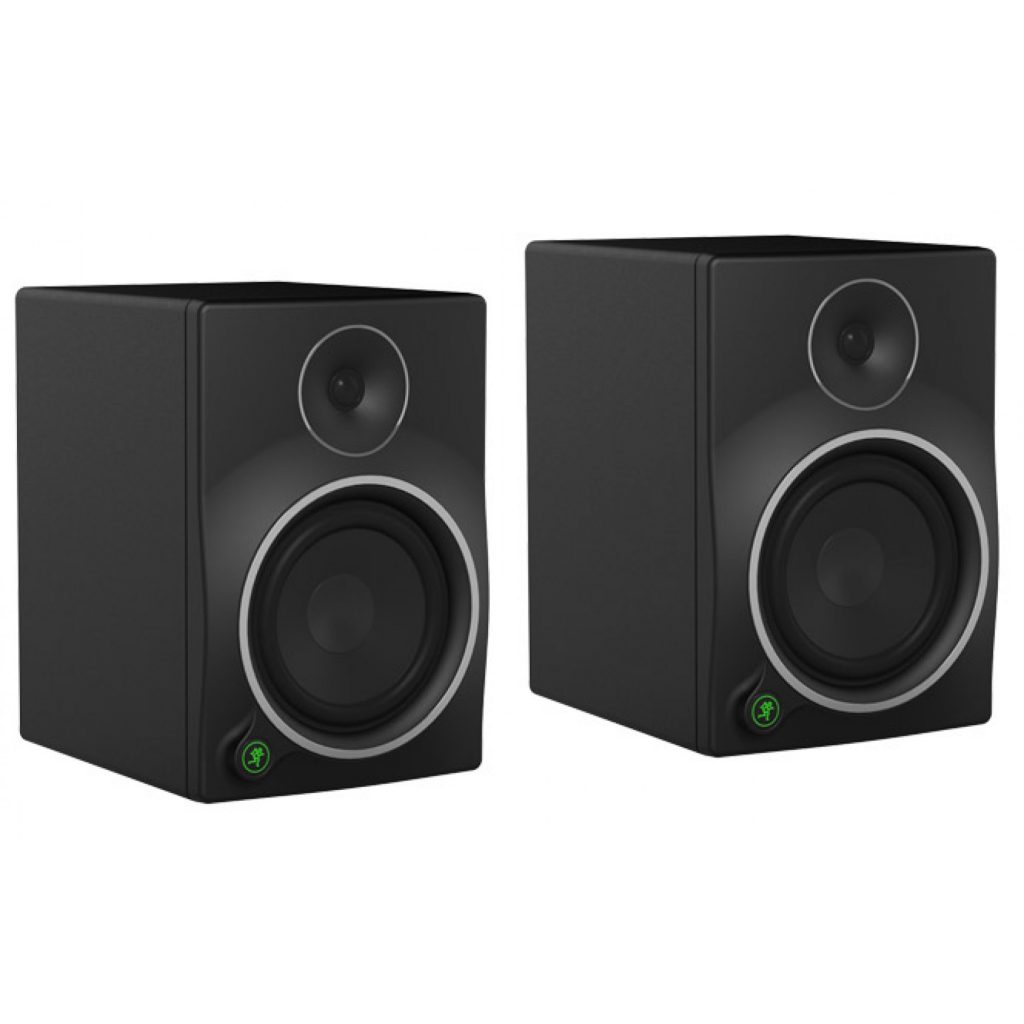Whether it’s to equalize an instrument or to see if your vocals sit in perfectly with your mix, you’ll need a pair of speakers that can translate precisely, the information in your DAW and the changes being made in it, to your ears. If you’re an engineer or a producer or even an enthusiast who likes to dabble in music, and are looking to upgrade from mixing on headphones to investing in a pair of studio monitors for your home studio, in this edition of “Beginner’s Guide”, we’ll be getting into why you might need to invest in a pair of studio monitors, what factors you’ll need to look into while choosing them and helping you choose a budget-happy pair that satisfies all your needs while not burning a hole in your pocket.
One of the most common questions asked is, “Why can’t I just continue mixing/producing on headphones?” While headphones do have certain advantages, like the fact that mixing on headphones is completely independent of the room and surrounding you’re in, whether the room is acoustically treated or not since the information is being projected directly into your ears. And the reliability and stability that comes with mixing using a pair of familiar headphones are unparalleled. But one of the most important drawbacks that come with using headphones is that your ears begin to tire out and fatigue very easily. This not only affects your ability to work with precision, but might also affect your listening in the long run. This makes working on headphones for long hours at an end a very strenuous task.
Once we’ve come to the conclusion that we absolutely need to get some reference monitors, these are the factors that will determine which set of monitors that you will end up selecting. In this edition, we will only be looking into powered (amplified internally) near-field monitors because of the ease of practically applying them in home studios. First, you will have to consider what kind of set-up that will satisfy your requirements based on the nature of work that you intend to carry out in your studio. For example, if you are a hip-hop/trap producer, it is likely that you will require a 2.1 speaker set-up with two near-field monitors and a subwoofer since it’s a bass-heavy genre of music. On the other hand, if your clients are mostly movie producers you might need a 5.1 speaker set-up to showcase the cinematic surround sound.
One of the most important things that need to be considered while picking studio monitors is the frequency response. The frequency range (bandwidth) is basically the spectrum of frequencies that the speaker can reproduce. For example, the frequency range of the human ear is roughly 20Hz-20 kHz, 20 Hz being the lowest sound that your ear can hear and 20 kHz is the highest. While you would obviously want your monitors to be able to cover the entire audible range, it is also very important to make sure that your monitors reproduce these frequencies relatively even. This means that you would want to see how much variation (in terms of decibels) there will be across the frequency range. For instance, a ±2db variation indicates that some frequencies may be louder or softer by as much as 2 decibels at various points across the full range. For most recording and production work, a frequency range of 50 Hz-20 kHz with a rating of ± 3 dB or less will provide well-balanced sound. You might want to consider an additional sub-woofer if you’re focused entirely on more bass-heavy music.
It has to be kept in mind that the flatter the frequency response, the better the monitors (or headphones, for that matter) will be for recording and produce music. There are commercially available speakers that have a lot of tweaks and adjustments in them like applying additional EQ curves to make them have a higher bass or response or sound punchier. While these speakers may sound great and be great for leisure listening they will not serve as reference monitors. Good studio monitors do not emphasize certain frequencies over others, thus, giving you an accurate, consistent response no matter the volume level.
When you talk about audio equipment, in general, what you get is mostly what you pay for. There’s a pretty strong correlation between price and performance where monitors are concerned. So let’s jump right into it and see what the options are. Assuming that you’re trying to get the best in terms of quality for an affordable price bracket of less than Rs. 30,000, these are our top picks.
KRK Rokit 5 – The Rokit series by KRK is one of the most iconic monitors out there with their signature yellow cone. Chances are you’re gonna find them in every other studio that you visit. The KRK Rokit 5s are a great home studio choice.
PreSonus Eris E5 – A great pair of cost effective studio monitors, silky smooth and clear. They also have an additional option of varying the sound based on the setup of the monitors to match the room acoustics.
Mackie MR5mk3 – An extremely efficient pair of speakers with frequency response range of 45 Hz-20 kHz and an ultra-wide sweet spot.
This article was featured in the September 2017 issue: http://bit.ly/2xiTI7y








